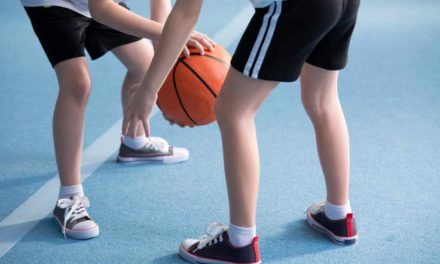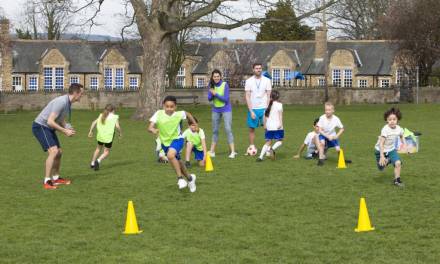Despite the proven links between physical activity and improved physical and mental health, physical activity levels among teenagers are in decline. This article explores strategies that a PE department could utilise to engage pupils in PE lessons.
1. Giving pupils a voice
The first method for engaging pupils in PE is to give them a voice about how their curriculum looks. Adults who regularly engage in physical activity do so in sports that they enjoy, so why shouldn’t pupils have a similar choice? Whilst a wide and varied curriculum is crucial to developing physical literacy, regular collection of pupil’s voices will allow PE departments to better understand the needs and interests of their pupils, which in turn can help class teachers to shape the PE curriculum to the needs and preferences of the pupils, which can lead to higher levels of engagement in the long term.
2. Find the best solution
In a similar vein, not all pupils will enjoy competitive sports and not all pupils will enjoy taking part in aesthetic activities. Consider whether to offer the students the opportunity to select a ‘PE pathway’ to follow in their core practical lessons. For example, pupils could be offered the choice of a games pathway, which focuses more on invasion, striking and fielding and net wall games, or a fitness pathway which may focus on distance running, use of the fitness suite and alternative training methods, or an aesthetic pathway, which may focus more on dance and gymnastics. This could be a particularly popular offer amongst KS4 girls, who are known to be less active than their male counterparts.
only 12% of girls aged 14 meet the official guidelines for physical activity – roughly half the number of boys of the same age.
3. Empowering pupils to make the right choice
A further strategy to engage pupils in PE is to ensure that they are aware of the benefits of regular activity to their physical and mental health. Pupils may fail to see ‘the point’ of PE lessons and therefore become disengaged, particularly in their examination years when the pressure to perform academically really ramps up. Has your department got the benefits of physical activity displayed prominently, and do staff regularly embed these into their teaching practice? If not, it is something that could make a big difference to a pupil’s perception of PE.
4. Equipment
There are always high levels of excitement amongst PE staff when the new equipment delivery arrives – the new balls are inflated; the pristine bibs are unpacked and the table tennis bats no longer have chunks of rubber missing…! Unsurprisingly pupils can feel the same way, and being able to provide students with the opportunity to provide high-quality lesson equipment can in turn lead to higher levels of engagement and performance.
5. Kit
The final consideration to make when attempting to improve engagement in PE lessons surrounds the kit that you ask pupils to wear. Is it comfortable, does it fit, is it affordable and is it desirable to wear are all key to pupil engagement levels. Pupils could also be offered a reasonable choice of what to wear to make them feel more comfortable, for example, tracksuit bottoms, shorts or leggings, or a longer-sleeved top.
These strategies may support PE departments in their quest to engage more pupils in lessons. For more ideas relating to students with SEND, look at our previous blog: 3 ways to encourage SEND students with physical education.
Check out the PE Office which can provide lesson plans and schemes of work that can allow you to focus more on engaging your students. If you would like to learn more about the platform then call 01909 776 900, send an email to mail@peoffice.co.uk or book a free online demonstration here.









